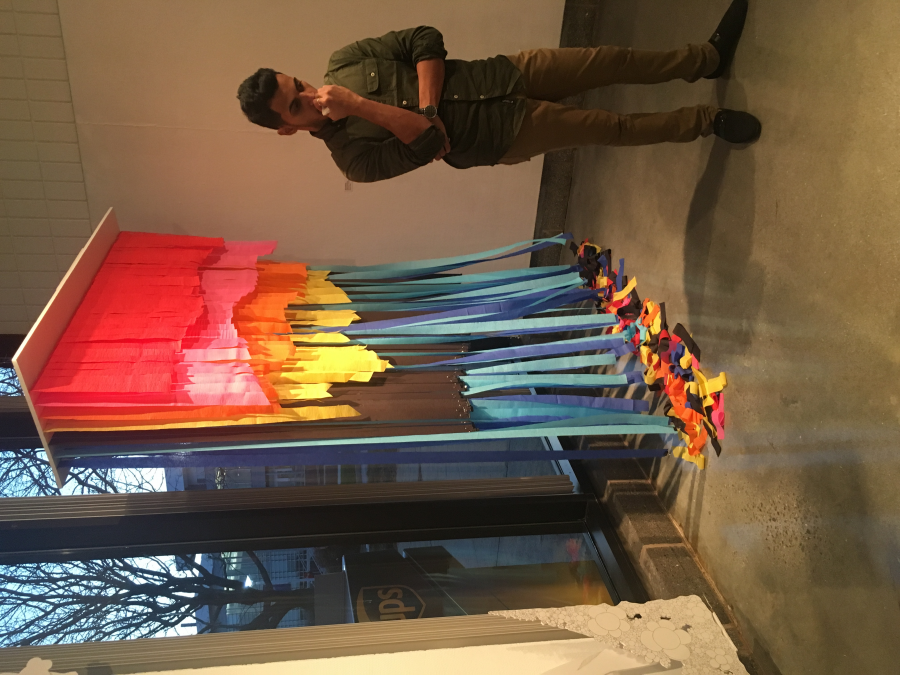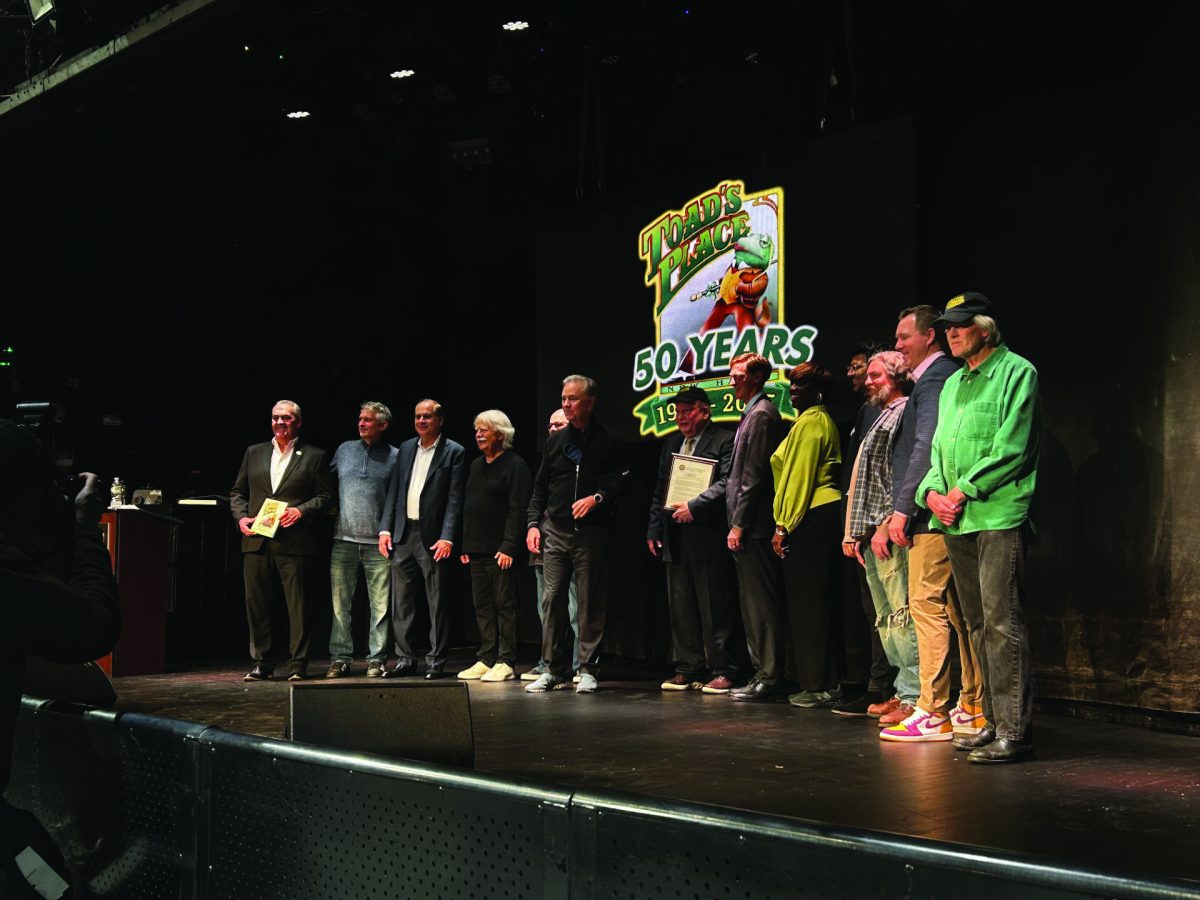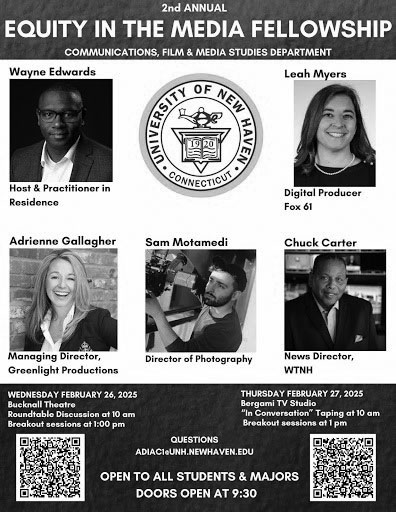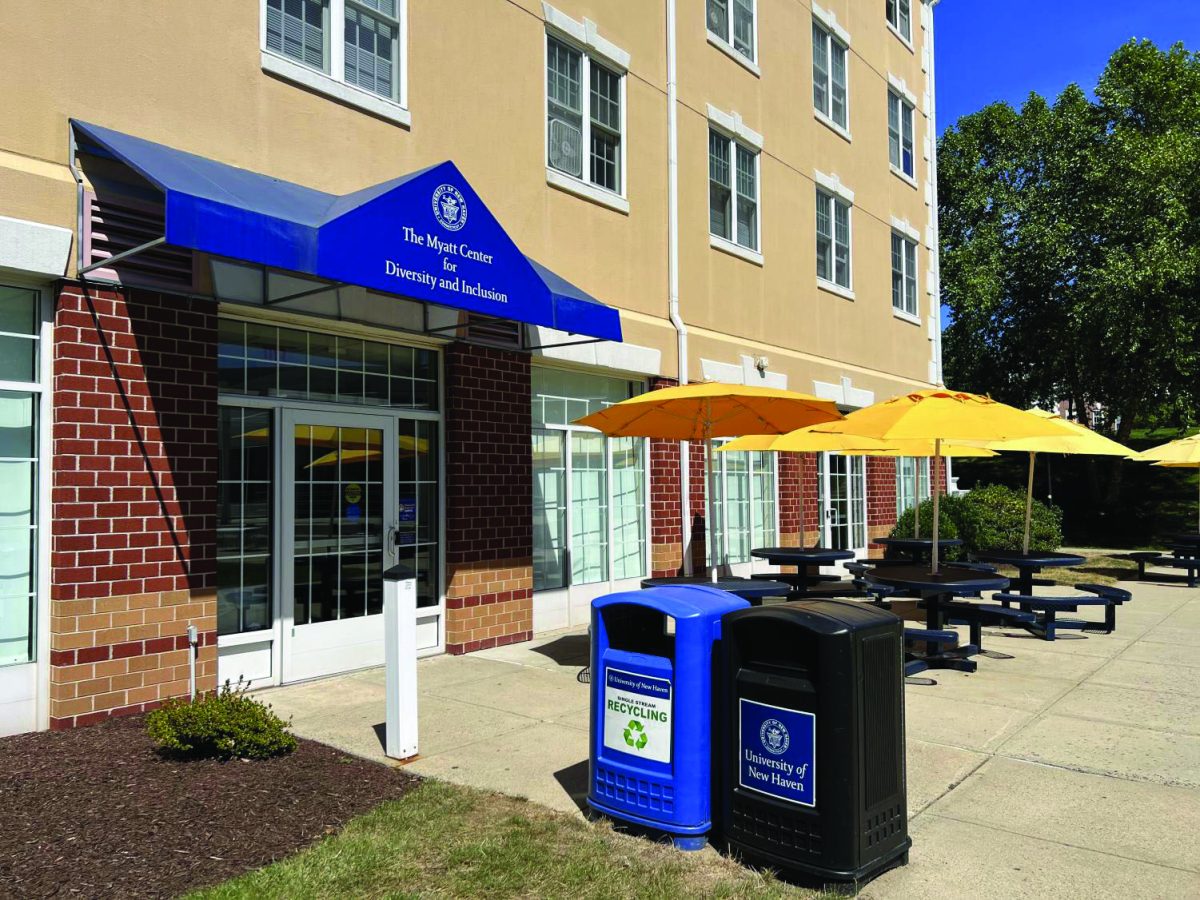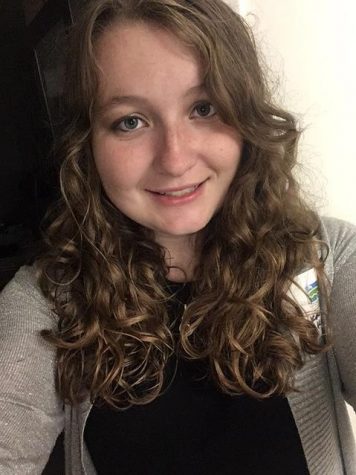Wednesday, November 16, was the “Drawing in Space” exhibition at Seton Gallery.
Students in the art class Drawing Outside the Lines, taught by Joseph Smolinski,
presented their art assignments to the U.N.H. student body and community.
“The assignment was to take their art off of the page and into a physical realm. They
were supposed to think of lines and figure out how to put them into space,” says
Smolinski.
Students used a variety of mediums, including yarn, saran wrap, wire, nails, foam
boards, streamers, and balloons. They worked either alone or collaborated with another
student. Aside from presenting their art, students were responsible for planning the
exhibit, coming up with the title, advertising, and everything else that would fall under a
curator’s position.
Many of the pieces were designed specifically for the gallery. This gave students the
opportunity to work with space specific parameters. The show helped all participating
art students build up a portfolio, particularly with art that would never fit on a page.
“This gave the students the opportunity to work in a site specific space,” says Smolinski.
One piece, designed by Joel Hosee and entitled White, featured a three-dimensional
white board that, from a certain angle, spelled out the word white.
Hosee explains his process saying, “The concept was to take random pillars and make
something out of them. I wanted to literally draw in space.”
Another piece was entitled The Nest and featured an intricate saran wrap design. It was
a collaboration piece between Fiel Aquino and Ben Mayo.
“It is a tunnel system of saran wrap. The idea is that it is translucent so the linear aspect
can still be seen but the wrap allows light to shine in to keep the fragility and
ambiguity,” says Mayo.
Yet, another piece, entitled Impending Doom and designed by Joseph Nicklas, featured
balloons tied to string suspended above a strip of nails.
“This project challenged us to draw in a three-dimensional space. In order to do so we
broke down what drawing is and I stuck to the basic principle of line within my three-
dimensional space,” Nicklas said.“It is interesting to look around and see the difference
creative solutions within our art class.”
Students and staff, as well as members of the New Haven community, could walk
around the gallery to view the student’s art.
“These exhibits are important because they give students experience with galleries and
showing their art to the world,” says Hosee.
Mayo agrees saying, “The whole exhibit was 100% student run. It is important that
anyone can come in and see what the students at U.N.H. are working on. It is good for
the school and the students.”
Smolinski sums up the exhibit saying, “I believe that it is important to allow students the
opportunity to experiment with exhibiting their artwork on campus and especially in a
professional art gallery like the Seton Gallery. The gallery offers a space where students
must work and think collaboratively to complete a successful exhibition. Ideas and
modes of working come together and works often support one another or create a visual
dialog that is difficult to repeat in a classroom space.”



